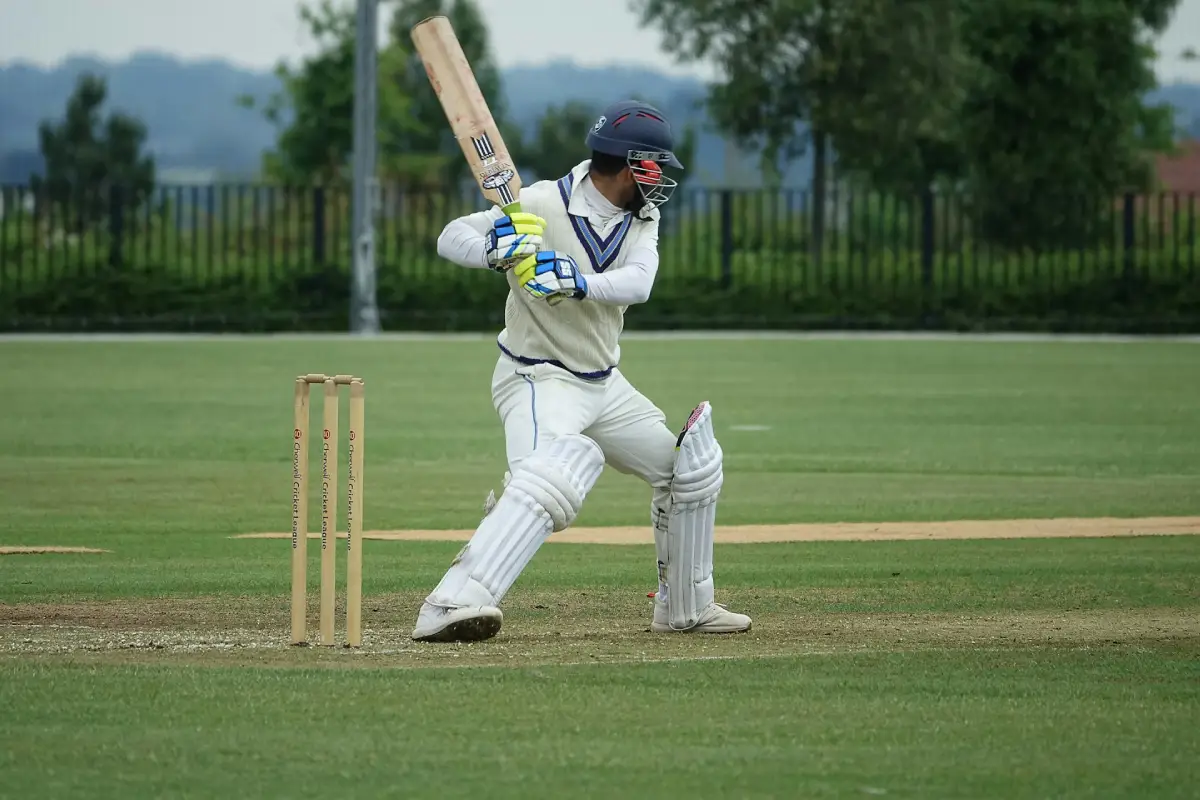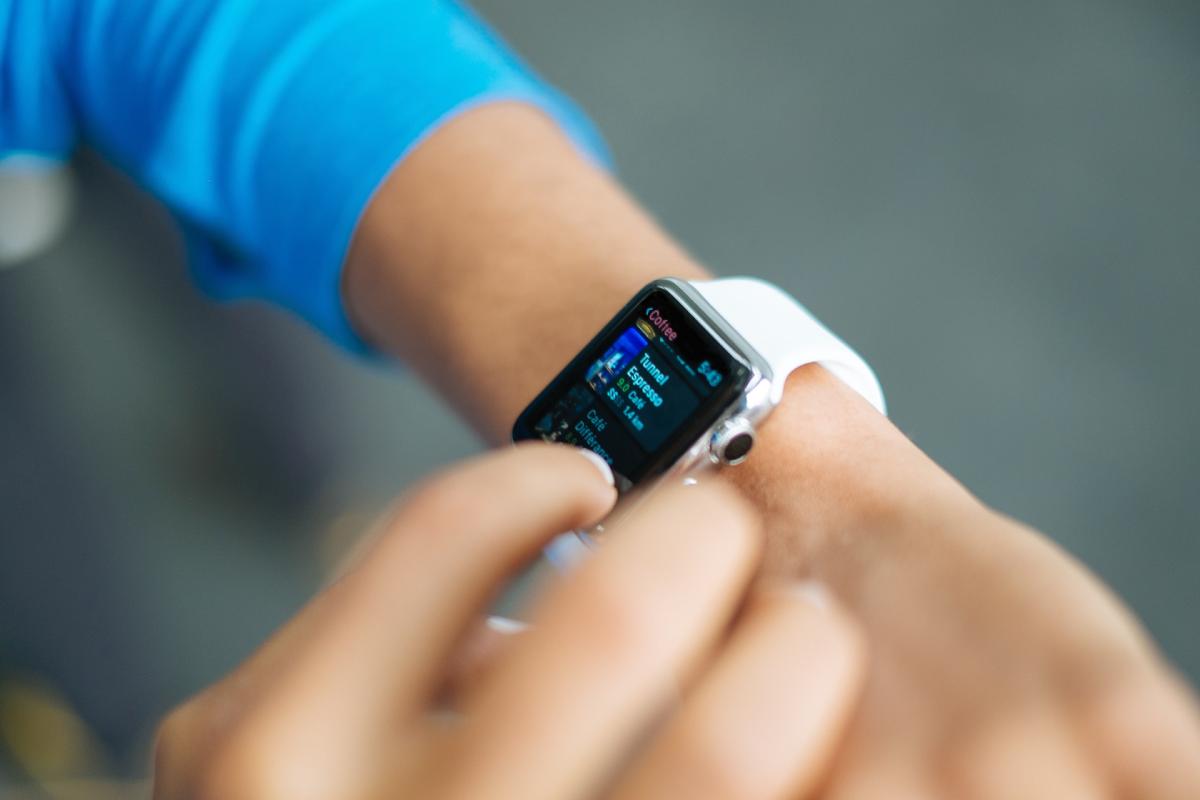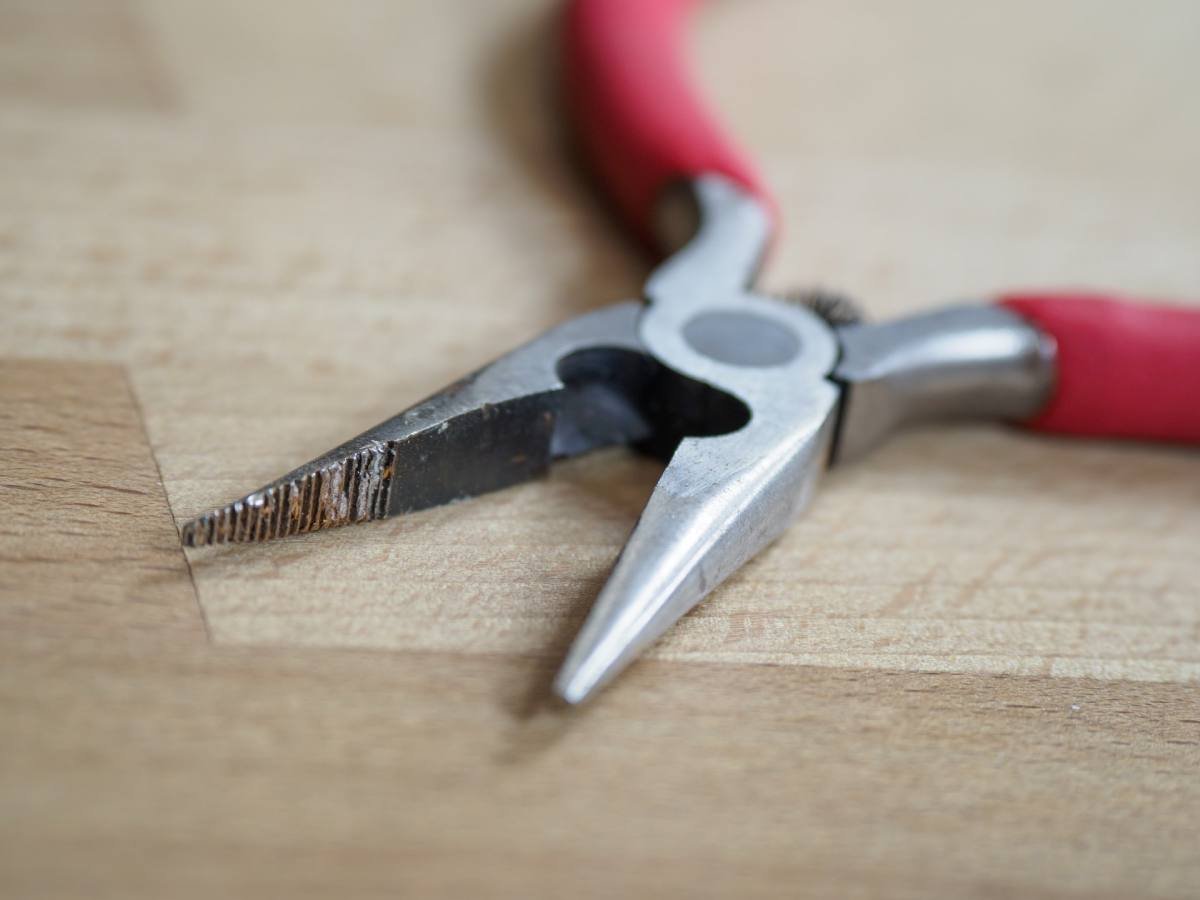
In the photography world, the debate between mirrorless cameras and their SLR counterparts centres on technological advancements and user preferences.
The former omits the traditional mirror mechanism, allowing for direct light exposure on the image sensor, promising enhanced performance and portability.
This article delves into key comparisons like image quality, autofocus efficiency, and the practicalities of size and battery life, providing insight into whether mirrorless cameras, such as the Canon EOS R10 mirrorless camera are truly the superior choice for digital photography enthusiasts.
Image Quality and Sensor Size
When assessing image quality in digital cameras, sensor size is a pivotal factor. Let’s explore the various sensor sizes and their impact:
- Full-frame Sensors:
- Largest among common types, measuring 36 x 24 mm.
- Superior light-gathering ability, resulting in clearer images with less noise, particularly in low light.
- Ideal for professional use; film-era lenses can be adapted, maintaining their intended focal length.
- APS-C Sensors:
- Smaller than full-frame, Canon’s version is 22.2 x 14.8 mm.
- Offer high image quality with a compromise on light-gathering compared to full-frame.
- Provide a balance between performance and portability, with a crop factor affecting focal length and depth of field.
- Micro Four Thirds (m4/3) and Four Thirds Sensors:
- The m4/3 sensors measure 17.3 x 13 mm, smaller than APS-C.
- Popular in mirrorless cameras for casual photography due to their compact size.
- Image quality can suffer at higher ISO settings, with increased noise and less potential for shallow depth of field.
Sensor Size Visual Comparison:
- Full-frame: 36 x 24 mm
- APS-C (Canon): 22.2 x 14.8 mm
- APS-C (Others): 23.6 x 15.6 mm
- Micro Four Thirds: 17.3 x 13 mm
- 1-inch Type: 13.2 x 8.8 mm
- Smartphone sensors: Typically smaller than 1/2.55″ (e.g., iPhone 11)
Influence on Image Quality:
- Larger sensors generally excel in low light, dynamic range, and depth of field control.
- Smaller sensors benefit from reduced size, weight, and cost, appealing for everyday use and travel.
- Resolution is not solely dependent on sensor size; a 20 MP smartphone sensor won’t match the quality of a 20 MP full-frame sensor due to pixel size differences.
Mirrorless cameras, with their variety of sensor sizes, offer options for every level of photographer, from hobbyists to professionals. While larger sensors have clear advantages in image quality, smaller sensors can be more practical for many users, balancing quality with convenience and cost.
Autofocus and Speed
Mirrorless cameras have made significant strides in autofocus (AF) capabilities, challenging the long-held dominance of SLRs in this area. Key developments include:
- AF Speed and Coverage: Mirrorless models now match or exceed SLR autofocus speeds. They offer extensive frame coverage, with systems like the Canon EOS R3 showcasing the prowess of hybrid on-sensor AF systems over traditional SLR phase-detect AF systems.
- Viewfinder Advantages: Unlike SLRs, which use a separate AF sensor, mirrorless cameras use the same AF system for both the rear screen and viewfinder, resulting in consistent performance across shooting modes.
In terms of operational speed:
- Continuous Shooting: Mirrorless cameras, free from the physical constraints of a mirror mechanism, can shoot up to 20 fps at full resolution, with some models pushing this limit even further in lower resolution modes.
- Viewfinder Clarity: High-quality electronic viewfinders (EVFs) provide excellent resolution and clarity, though some lag can occur. Optical viewfinders in SLRs, while lag-free, lack the digital enhancements available to EVFs.
Autofocus technologies compared:
- Phase Detection: Utilised by SLRs, this technology is effective in well-lit conditions but can falter in low light or high-contrast scenes.
- Contrast Detection: Used by mirrorless cameras, it measures pixel sharpness directly on the sensor, offering accuracy but sometimes slower tracking of moving subjects.
- Hybrid Systems: Many modern mirrorless cameras combine phase and contrast detection, significantly improving AF speed and performance.
Mirrorless cameras also boast advanced features such as eye- and face-detection, which enhance accuracy when photographing people and animals. With the ability to select an AF point anywhere within the frame, they provide capabilities like face tracking and animal tracking, which are particularly useful for content creators requiring intelligent subject tracking in 4K 60p video. RF lenses, compatible with mirrorless systems, offer faster AF performance and real-time Digital Lens Optimisation, enhancing the overall shooting experience. High-end mirrorless cameras have set new benchmarks for AF precision and consistency, making them formidable tools for photographers and videographers alike.
Portability and Battery Life
In the realm of digital photography, the aspects of portability and battery life play crucial roles in a photographer’s choice between mirrorless cameras and SLRs.
- Portability:
- Mirrorless cameras are celebrated for their compactness and lighter weight compared to SLRs, making them a preferred option for photographers on the move.
- Battery Life:
- SLRs typically offer a more robust battery life, averaging between 600-800 shots per charge, with some models exceeding 1,000 shots.
- In contrast, mirrorless cameras, while generally offering shorter battery lives of about 300-400 shots per charge, have seen advancements pushing the boundary to around 600 or 700 shots.
Notably, high-end mirrorless cameras now also feature full weather sealing, a perk once reserved for top-tier SLRs. Moreover, with technological advancements, modern mirrorless models have seen significant improvements in battery life. This leap in battery performance, coupled with their inherent advantage in image stabilisation, positions mirrorless cameras as a compelling choice for serious photography, especially in scenarios demanding hundreds of images or extensive video recording.
Lens System and Accessories
Mirrorless cameras distinguish themselves not only through their compact sizes and advanced features but also through their unique lens systems and accessories. Unlike SLRs, mirrorless cameras employ different lens systems.
These systems support a wide range of lenses like prime, zoom, teleconverter, and kit lenses, which are generally smaller and lighter, making them perfect for travel and daily photography.
Accessories enhance the mirrorless camera experience, with options for waterproofing, shock proofing, and weather resistance, ideal for outdoor adventures. Available through various retailers, accessories and lenses cater to every photographer’s needs, from the hobbyist to the professional. Prices vary, offering both high-end and budget-friendly choices. Notable accessories include lens filters, bags, cases, tripods, and video recording equipment, available from renowned brands.
Mirrorless camera systems are versatile, allowing for interchangeable lenses to suit different photography and videography needs. This adaptability, combined with the continuous autofocus in live view and video modes, makes mirrorless cameras exceptionally suited for video shooting and low-light conditions.






